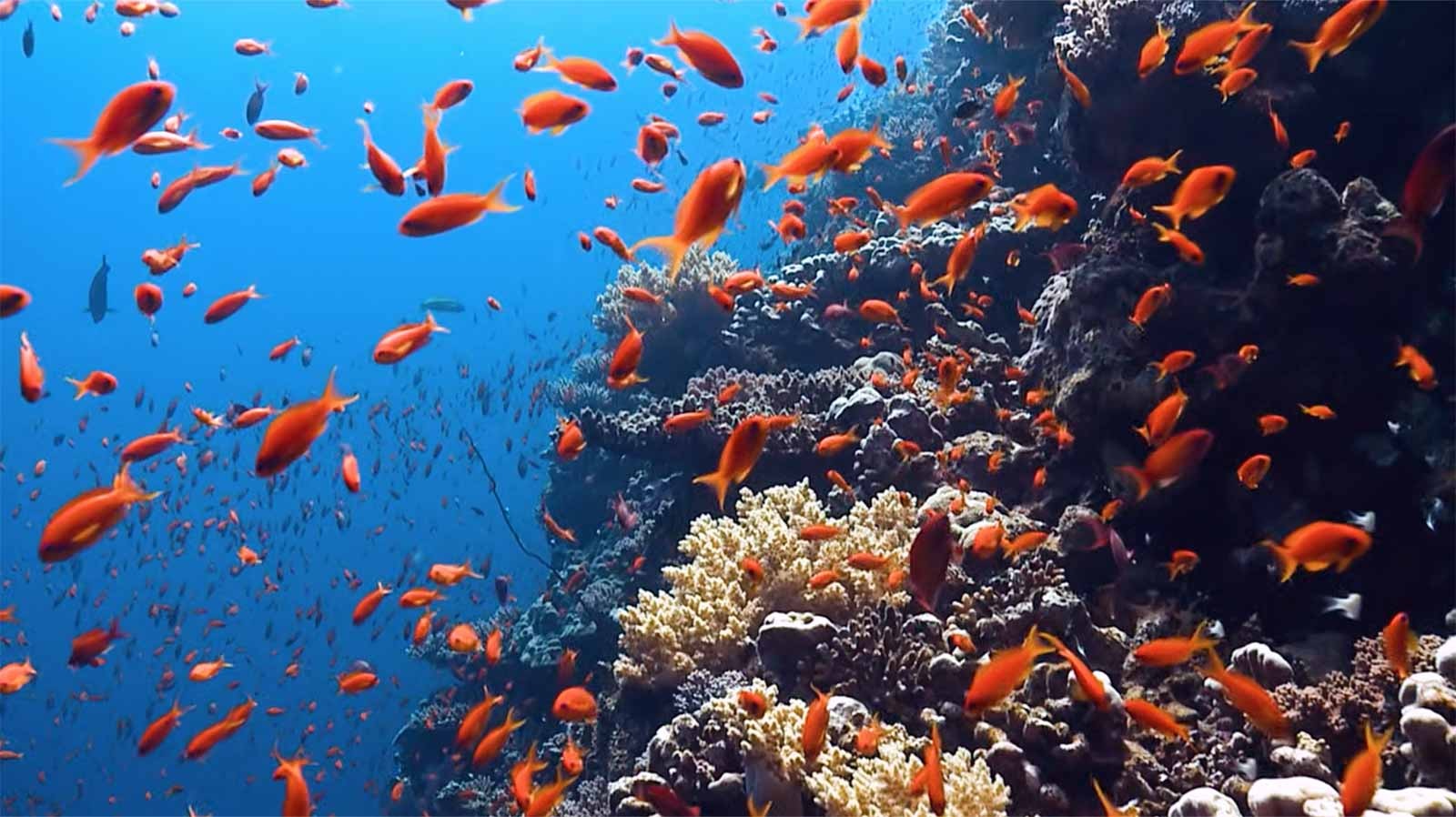
The following statement was issued by Meredith Moore, director of the Fish Conservation Program at Ocean Conservancy, in response to the Gulf of Mexico Fishery Management Council’s vote to delegate management of the private recreational red snapper fishery to the five Gulf States via Amendment 50 to the Reef Fish Management Plan[1]:
“The Gulf States are now taking on more responsibility for managing the private recreational fishing sector, which gives them an opportunity to tailor management to anglers while meeting the needs of conservation. While Ocean Conservancy supports the adoption of state management for anglers, there is still a lot of work to be done to make sure this new approach keeps fishing for red snapper within sustainable limits and maintains the progress we’ve seen on rebuilding the population.
With this new approach come new challenges. The 2018 state based management trial run has revealed serious issues that could compromise management effectiveness. Namely, each state is surveying angler catch using different methodologies, making it difficult to know just how much fishing for red snapper is actually occurring across the Gulf. Essentially, rather than comparing apples to apples, we have a data fruit salad.
Managers need to address these issues immediately to ensure that overfishing is prevented and that these state-level management plans meet the standards of our federal fisheries law. State management, if done well, can keep red snapper on its successful rebuilding trajectory and ensure that all fishermen – commercial, for-hire, and private angler alike – can benefit and enjoy fishing on this public resource.”
NOTES TO THE EDITOR:
- The Magnuson-Stevens Fishery Conservation and Management Act (MSA) is the primary law that governs how fish are managed in federal waters (typically between 3 and 200 nautical miles offshore). The MSA requires that managers restrict catch below science-based limits that are set at levels to prevent overfishing of the resource each year.
- The Gulf of Mexico red snapper is a commercially and recreationally important fish stock to the region. The stock was put into a rebuilding plan after overfishing drove it to just 3% of its historic levels. Red snapper is halfway through its 27-year rebuilding plan, and it is critical for Gulf fishermen and communities that we meet the deadline of having a healthy stock by 2032.
- Amendment 50 provides greater authority to Florida, Mississippi, Alabama, Louisiana, and Texas, allowing those states to manage recreational fishing of red snapper in federal waters in the Gulf of Mexico adjacent to their state waters. States will have the responsibility to design sustainable management plans and to collect and report data on catch of red snapper by private anglers. The Gulf of Mexico Fishery Management Council would set the annual catch limits (ACL, often referred to as quotas) for each state, but the states would determine how to stay within the limit using management measures.
- This state management system was tested throughout 2018 (and continuing through 2019) using state-specific Exempted Fishing Permits (EFPs) issued by NOAA Fisheries. These EFPs have revealed a significant problem in combining the data taken by the individual Gulf States to ensure that private recreational fishing is not exceeding its Gulfwide ACL.
- Managers are using the ability to customize regional management under our federal law to create a system where states will manage the fine details of fishing for red snapper off their shores while remaining under the umbrella of the Magnuson-Stevens Act and its requirements for conservation.
- Each state reports its catch using its own system of data collection and estimation, and dissimilar values of catch are being compared directly without converting to a common currency. The data produced by the various state data collection programs are not comparable across states or with the federal data. This problem affects the ability to complete a reliable Gulfwide stock assessment, accurately monitor catch against the ACL, and prevent the recreational component of the fishery from exceeding its quota and the entire fishery from exceeding the ACL.
- If these data issues are not corrected, it is possible that overfishing could go unnoticed and unaddressed for many years. This could result in a slowing or reversal of rebuilding that would not be detected until a stock assessment independently provides a look into the stock’s health (the next stock assessment is scheduled for 2022). Managers would then need to make tough decisions for how to get red snapper back on track to rebuild. This situation could mean that the for-hire and commercial sectors of the fishery share the burden of reducing catch levels to mitigate overfishing by the private recreational sector.
- Commercial fishermen are allocated 51 percent of the red snapper catch, and have successfully stayed within their quota for over a decade. Recreational fishermen are allocated 49 percent of the catch, and exceeded their catch 7 out of 10 years between 2006 and 2016.
- In 2017, the Secretary of Commerce illegally extended the season for recreational anglers (from 3 days to 42 total days), resulting in the recreational sector significantly exceeding its annual catch limit. Exempted Fishing Permits (described above) have been used to manage the fishery since then.
- Years of sacrifices and tough choices by fishermen and managers have begun rebuilding this valuable fishery. A healthy red snapper fishery not only benefits the Gulf’s fishermen and coastal economies, but also restaurants, hotels and fish markets and American consumers nationwide. This is an important natural resource for many economic sectors.
Related
Texas PWD Sets Federal Red Snapper Season
